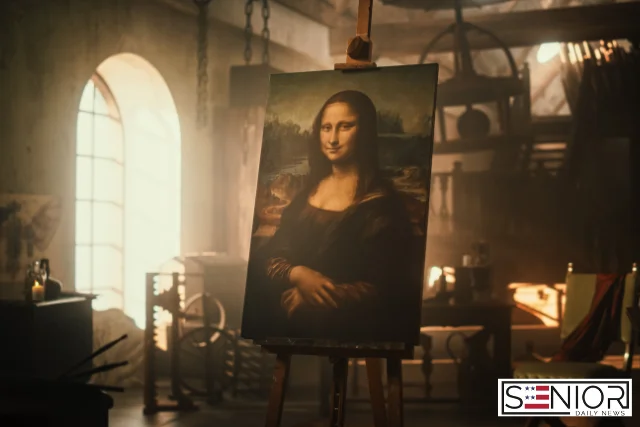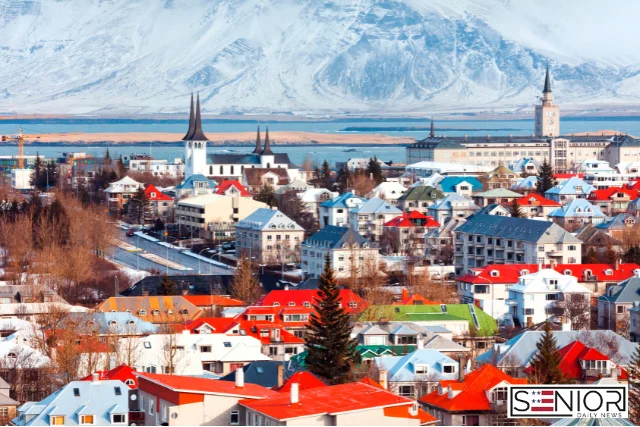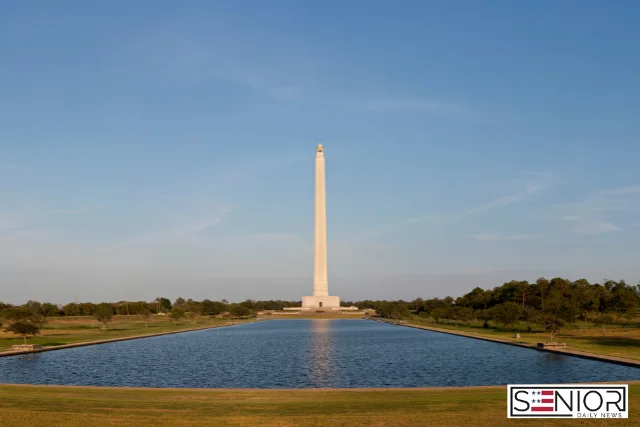The History of Art: From Renaissance to Modernism

Art has always been a mirror of human experience—a window into our cultures, beliefs, and emotions across time. For anyone with a curious eye and a reflective heart, especially seniors who have lived through decades of cultural change, understanding the evolution of art can be both enlightening and deeply personal. This article explores the captivating journey of the History of Art, beginning with the grandeur of the Renaissance and moving through to the bold expressions of Modernism.
Whether you’re a lifelong art lover or just beginning to explore this fascinating world, this article will offer insight, context, and a fresh appreciation for some of the most significant movements in Western art history.
The Renaissance: A Rebirth of Creativity
The Renaissance, meaning “rebirth,” was a cultural explosion that began in Italy in the 14th century and spread throughout Europe. It marked a renewed interest in classical antiquity—the art and ideas of ancient Greece and Rome—and emphasized humanism, proportion, and naturalism.
Artists of the Renaissance pursued realistic representations of the human figure and the natural world. This was a time when art was not just decorative, but a method for exploring humanity’s place in the universe.
Key Figures of the Renaissance
- Leonardo da Vinci: Known for The Last Supper and Mona Lisa, Leonardo was the quintessential “Renaissance man”—a master painter, scientist, and inventor.
- Michelangelo Buonarroti: His sculptures like David and the Sistine Chapel ceiling paintings reflect both incredible physical detail and profound spiritual depth.
- Raphael: Celebrated for his harmonious compositions like The School of Athens, Raphael merged technical excellence with philosophical elegance.
This period also saw advances in techniques like linear perspective, which gave paintings a new three-dimensional realism. Art was deeply intertwined with religion, yet increasingly centered around human experience and individuality.
The Baroque and Rococo Eras: Emotion and Elegance
Following the Renaissance came the Baroque period (1600s), marked by drama, movement, and grandeur. Art became theatrical, filled with strong contrasts of light and shadow (known as chiaroscuro), and dynamic compositions that conveyed intense emotion.
Notable Baroque Artists
- Caravaggio: His use of realistic human figures and dramatic lighting set a new standard.
- Rembrandt van Rijn: Known for his profound portraits and religious scenes, Rembrandt captured the subtleties of human emotion.
- Peter Paul Rubens: His works were vibrant and full of action, often portraying mythological and religious themes.
In contrast, the Rococo style (early 1700s) was more decorative and lighthearted. It featured pastel colors, ornate details, and romantic subjects—often seen in the salons of French aristocracy.
The Neoclassical and Romantic Movements: Reason vs. Emotion
As the Enlightenment brought new scientific and philosophical ideas to the forefront, art responded with the Neoclassical movement in the late 18th century. Inspired again by ancient Greece and Rome, Neoclassical art emphasized reason, order, and morality.
- Jacques-Louis David: His paintings like The Death of Socrates exemplified stoicism and civic virtue.
In contrast, the Romantic era arose as a reaction against rationalism. Romantic artists valued emotion, imagination, and the sublime power of nature.
- Eugène Delacroix: His vibrant and emotional works captured the spirit of revolution and individual heroism.
- J.M.W. Turner: Known for his luminous landscapes, Turner’s works pushed the boundaries of abstraction, paving the way for modern art.
Realism and Impressionism: Capturing Life As It Is
By the mid-19th century, artists turned their attention toward ordinary life. The Realist movement rejected idealization and focused on social issues, the working class, and everyday scenes.
- Gustave Courbet: Known for works like The Stone Breakers, Courbet depicted the labor and struggles of common people.
- Jean-François Millet: His rural scenes celebrated peasant life with quiet dignity.
Soon after, the Impressionists revolutionized art by capturing fleeting moments and the effects of light. Using quick brushstrokes and vibrant colors, they painted scenes of urban life, leisure, and landscapes.
Pioneers of Impressionism
- Claude Monet: His Water Lilies series and Impression, Sunrise showcased shimmering light and atmosphere.
- Edgar Degas: Famous for his ballet dancers, Degas combined observation with experimentation.
- Mary Cassatt: An American in Paris, Cassatt brought the world of women and children into Impressionist art with sensitivity and strength.
Post-Impressionism: Beyond the Visual
As Impressionism matured, some artists sought to explore deeper emotional or symbolic content. This led to the Post-Impressionist movement.
- Vincent van Gogh: His expressive brushwork and vivid colors in works like Starry Night convey intense emotion.
- Paul Cézanne: He laid the groundwork for abstract art by simplifying forms into geometric shapes.
- Paul Gauguin: His use of flat color and exotic subjects pushed art toward symbolism and primitivism.
Post-Impressionists retained the bright palette of the Impressionists but moved toward personal meaning and structural experimentation.
The Rise of Modernism: Breaking Boundaries
The early 20th century brought profound social, political, and technological change. Artists responded with Modernism, a broad movement that challenged traditional art forms and sought new ways of seeing and expressing reality.
Key Modernist Movements
- Fauvism: Led by Henri Matisse, this style used bold color to convey feeling over realism.
- Cubism: Invented by Pablo Picasso and Georges Braque, Cubism broke objects into geometric forms, showing multiple perspectives at once.
- Expressionism: Focused on internal experience rather than external reality, with artists like Edvard Munch (The Scream) conveying emotional anguish.
- Dada and Surrealism: Dada mocked the absurdity of war and traditional values, while Surrealism (Salvador Dalí, René Magritte) delved into the subconscious and dreamlike imagery.
Modernism was not one style but a spirit of innovation. It reflected the chaos and creativity of a rapidly changing world—one in which the old rules no longer applied.
The Legacy of Art’s Evolution
From the realism of the Renaissance to the abstract visions of Modernism, the History of Art reveals more than styles—it tells us how people have understood themselves, their societies, and the divine. For older adults, this journey through time can offer new layers of appreciation for the works they may have seen in museums, books, or even public spaces.
Art history is not just about learning names and dates—it’s about connecting with the creativity that has shaped our world. And it’s never too late to explore that connection, one masterpiece at a time.
FAQs About the History of Art
Q1: What is the difference between Renaissance and Modernist art?
The Renaissance focused on realism, human anatomy, and harmony, often depicting religious and mythological themes. Modernist art, in contrast, explored abstraction, emotion, and personal expression, frequently challenging traditional forms and meanings.
Q2: Why is the Renaissance considered a turning point in art history?
The Renaissance revived classical techniques and ideas, introduced perspective, and emphasized individual achievement and humanism, setting the foundation for all Western art that followed.
Q3: How did Impressionism change the way art was viewed?
Impressionism broke from the rigid rules of academic painting. Artists painted outdoors (plein air), capturing everyday scenes and changing light with visible brushstrokes and vibrant color.
Q4: What is Modernism in simple terms?
Modernism is a movement that embraced innovation and rejected the past. It includes many styles, but all aimed to find new ways to represent the rapidly changing world of the 20th century.
Q5: Can seniors still learn and enjoy art history?
Absolutely! Art history can be deeply rewarding at any age. It enriches understanding, stimulates memory, and connects people with beauty and culture.
Image Source: Canva






